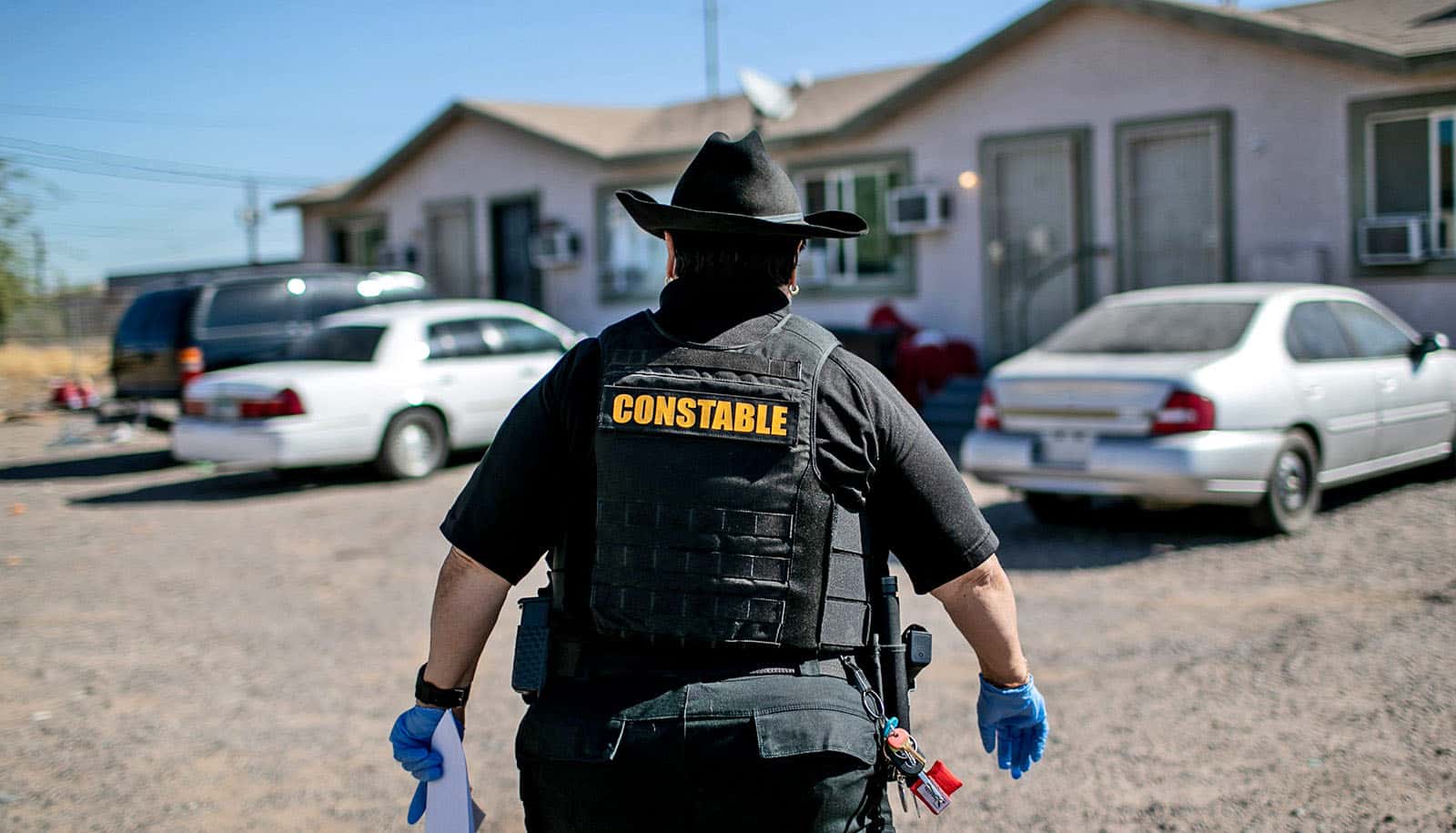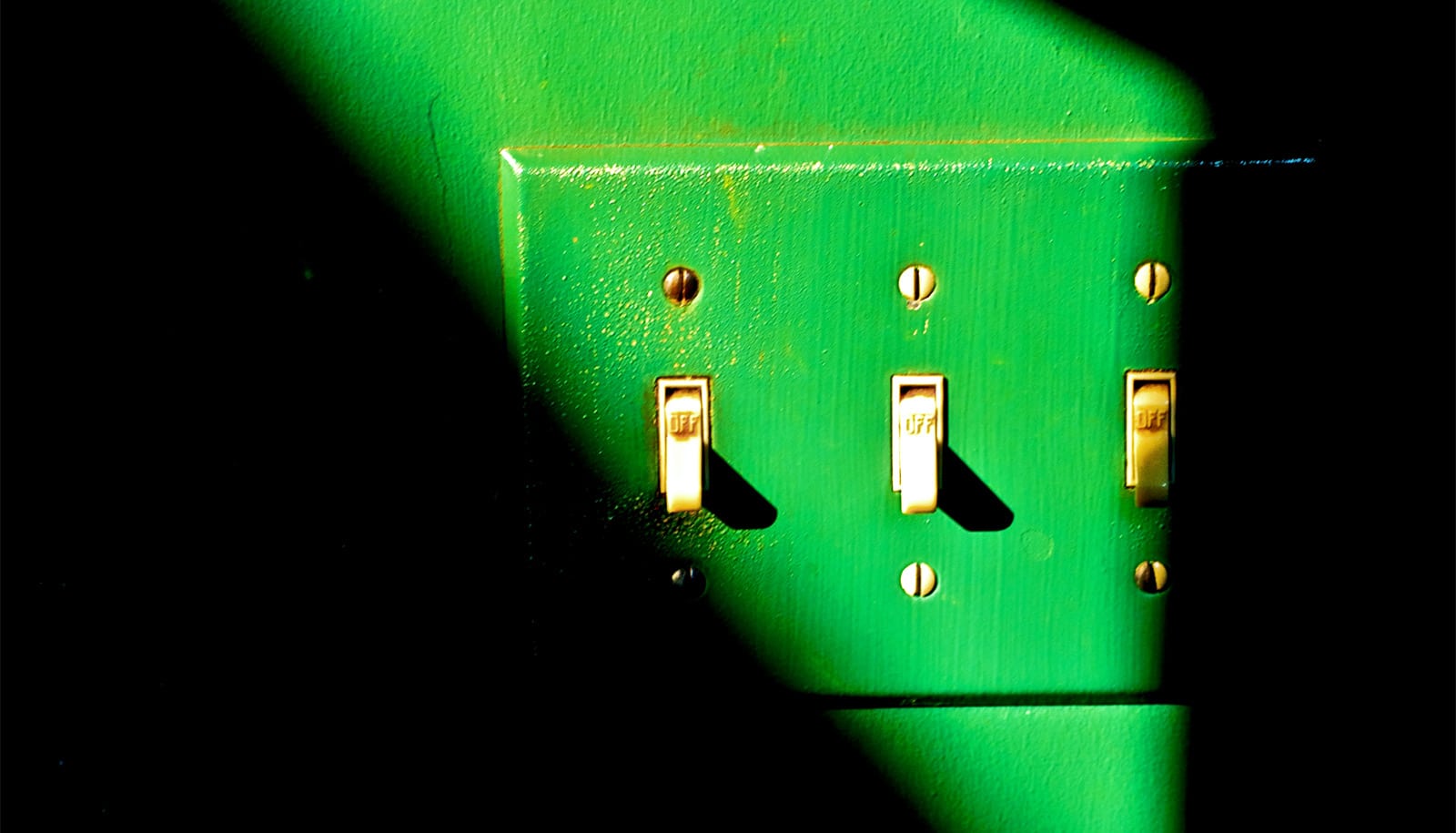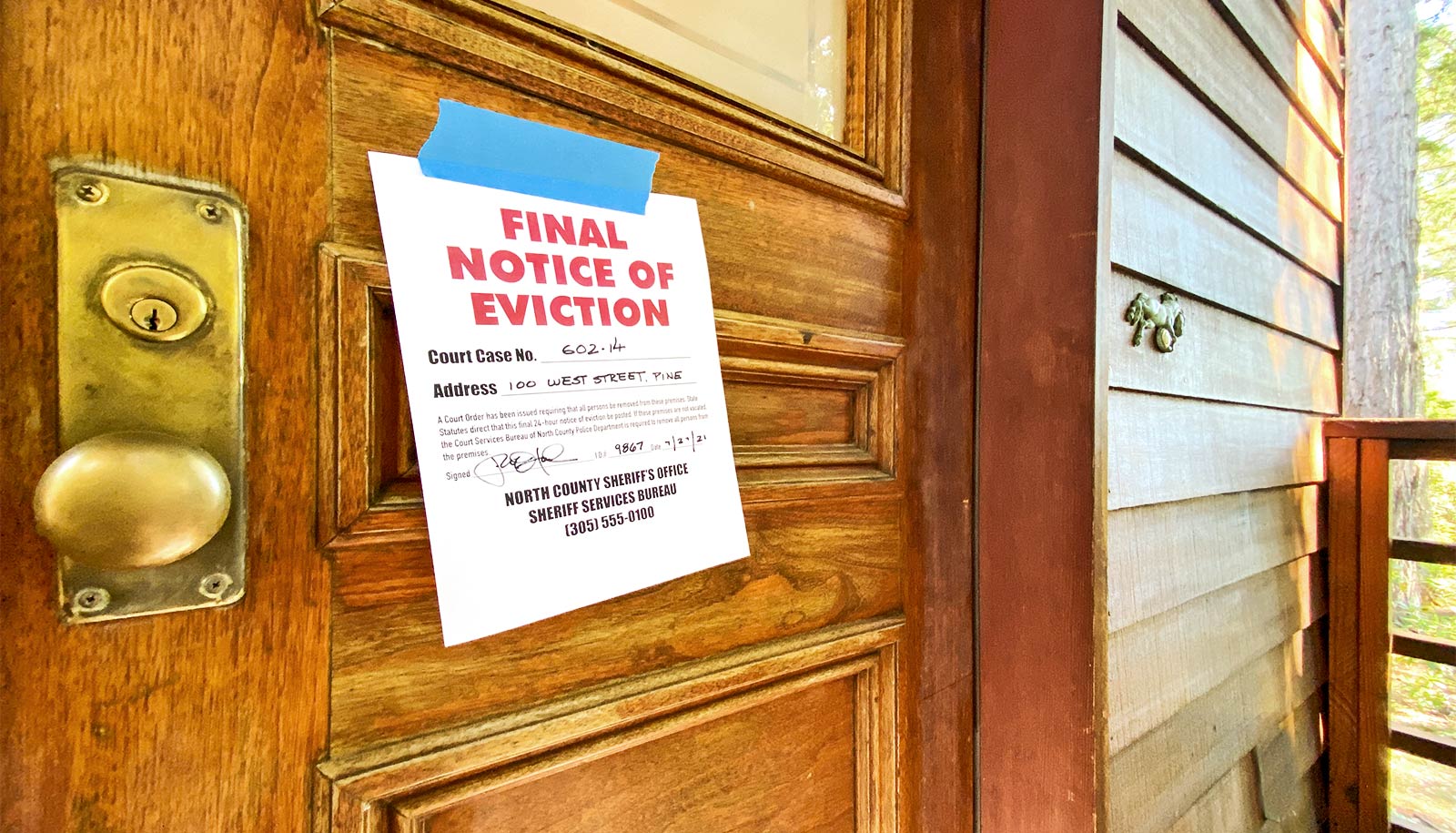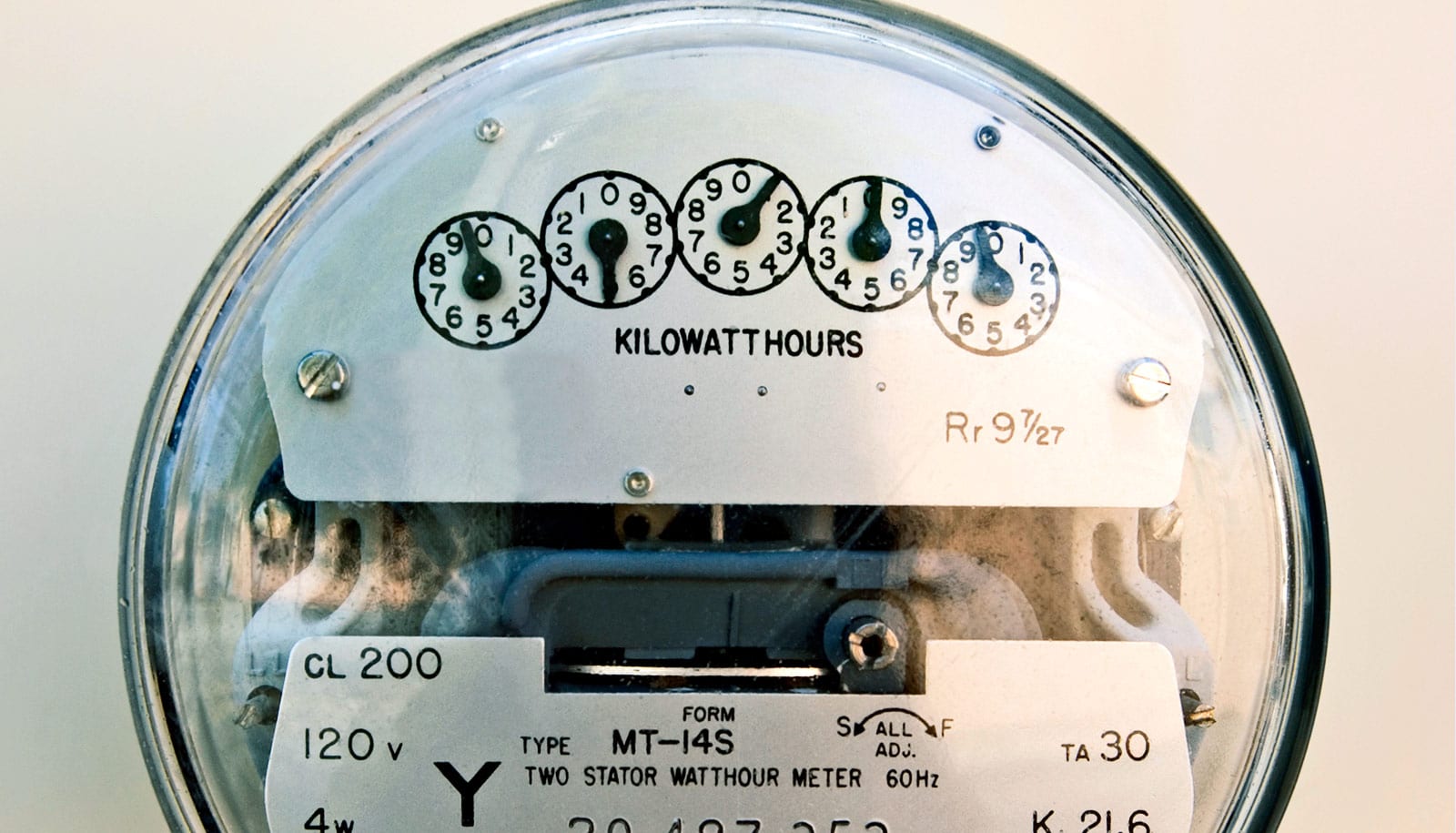Eviction moratoriums and providing relief from utility disconnections reduced COVID-19 cases by 8.2% from the onset of the pandemic through the end of November 2020, research finds.
The policies that helped financially struggling Americans stay in their homes and keep access to water and electricity during the COVID-19 pandemic also helped reduce the spread of the virus, according to the analysis.
The findings are available as a National Bureau of Economic Research working paper. Newly inaugurated President Joe Biden has proposed a $1.9 trillion relief package to provide rental and utility assistance for those hardest hit by the pandemic’s economic fallout.
“Staying at home, working and schooling remotely, and social distancing have been critical in addressing this public health crisis,” says coauthor Christopher Timmins, a professor of economics at Duke University. “But complying with these measures is difficult when your home and access to water and electricity are at risk. Our analysis shows that measures to prevent evictions and utility disconnections work to reduce infections and deaths from COVID-19.”
Fewer cases, fewer deaths
The analysis utilized daily reports of confirmed COVID-19 infections in each of the United States’ 3,141 counties from March 1 to November 28, 2020. Controlling for demographic, health, and environmental factors, the research team examined how the number of cases and deaths from COVID-19 was affected by policies intended to prevent evictions or shutoff of essential services such as water and electricity.
Specifically, the authors focused on the effects of local eviction and utility disconnection moratoriums. Even after accounting for varied federal- and state-level interventions, local eviction moratoriums reduced the number of COVID-19 cases by 3.8% and COVID-related deaths by 11%, the authors find. Utility disconnection moratoriums reduced cases by 4.4% and deaths by 7.4%, they find.
Both types of measures have varied widely in duration and scope, often being introduced late in the pandemic. If such measures had been implemented nationwide on March 1, 2020, eviction moratoriums would have resulted in a 14.2% decrease in cases and a decrease in deaths as high as 40.7%, the authors find. Utility shutoff moratoriums would have cut infections by 8.7% and deaths by 14.8%, the study shows.
Really, 40% fewer deaths?
The analysis is based on actual figures from those US counties that enacted policies, which were then statistically extrapolated to the entire country. Though the 40% number may seem high, Timmins says that it can make sense because implementing these measures nationwide at the beginning of the pandemic would have a compounding effect as time progresses.
There’s also the practical effect of what happens when renters are evicted during the pandemic. Coauthor Kay Jowers explains that members of an evicted household are often forced to share a living space with another household.
“That brings more people into closer contact with each other,” says Jowers, senior policy associate at Duke’s Nicholas Institute for Environmental Policy Solutions. “And in a lot of cases, those people are essential workers who can’t work from home, which creates the potential for further community spread.”
Eviction moratoriums to come?
Many state and local housing precarity policies expired at the end of 2020 or will expire at the end of January. At the federal level, however, several measures are under consideration that could ease renters’ burdens.
Biden signed an executive order on his first day in office extending the federal eviction moratorium through March 31, 2021. The relief package he unveiled last week calls on Congress to further extend the moratorium through September 30.
Biden is also proposing $25 billion in rental assistance for low- and moderate-income households that have experienced job losses during the pandemic. His relief package also includes $5 billion to help struggling renters cover utility bills. The funding would be in addition to a previously approved COVID relief measure that provides approximately $25 billion in emergency assistance to renters to help pay overdue rent and utility bills.
“Once a household is in a financial situation that requires deferring utility payments to pay for food or other essentials, they often enter a debt cycle that can put them at risk of losing their housing,” Jowers says. Jowers and Timmins are co-directors of Duke’s Environmental Justice Lab.
“Helping both groups—those at risk of being evicted and those at risk of losing their water and electricity—is important for mitigating the health impacts of the pandemic. Our results show that policies to address both eviction and utility shutoffs can decrease the number of COVID-19 cases and deaths.”
Source: Duke University



